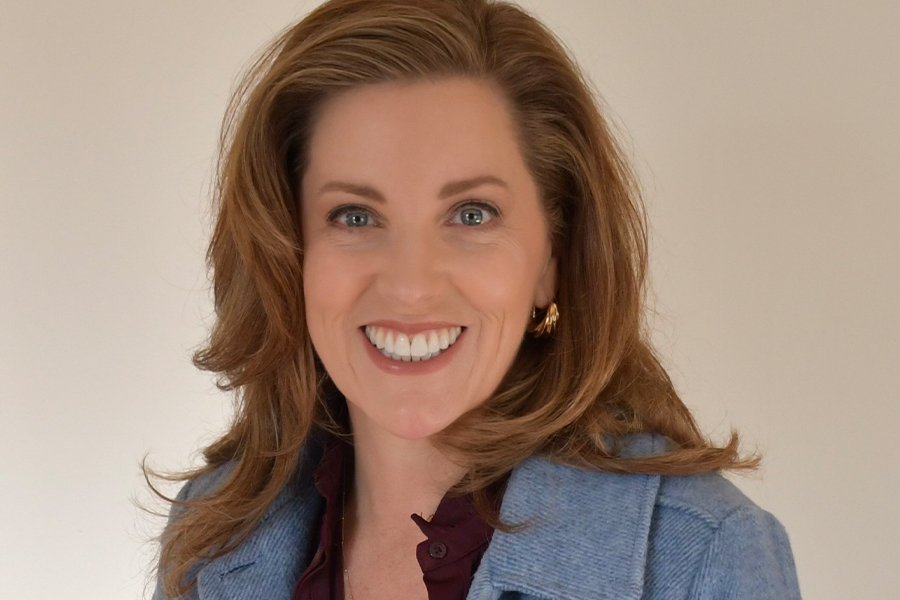PricewaterhouseCoopers (PwC) U.S. has released its latest hotel forecast, which indicates that the country’s hotel performance improved during the first quarter of 2017 despite a weak first quarter GDP growth estimate of 0.7 percent. Hotel demand grew at the strongest quarterly rate since the first quarter of 2015, also supporting modest growth in both occupancy and ADR with RevPAR experiencing a 3.4 percent spike. PwC’s estimates are based on quarterly econometric analyses of the U.S. hotel sector, an updated forecast from IHS Markit, and statistics provided by STR.
Factors including rising employments, higher real income, and increased household net worth have reinforced elevated consumer confidence. U.S. hotel performance is expected to temper for the remainder of 2017. A shift in supply-demand in 2018 is slated to see the first annual decline in occupancy since 2009. An ADR of 2.2 percent is also estimated to steer a RevPAR increase of 2 percent—the slowest growth rate in almost a decade.
“Despite the ongoing post-election partisanship, the U.S. economy currently appears to be on firmer footing compared to the same period last year,” says Scott D. Berman, principal and U.S. industry leader, hospitality and leisure with PwC. “Events such as the presidential inauguration and women’s march in January boosted demand for hotel rooms in the greater Washington, DC market. This coupled with other anomalies such as the timing of Easter and Passover contributed to a good start in 2017. The industry needs to keep its eye on the prize and make sure this momentum can be sustained throughout the rest of 2017.”


